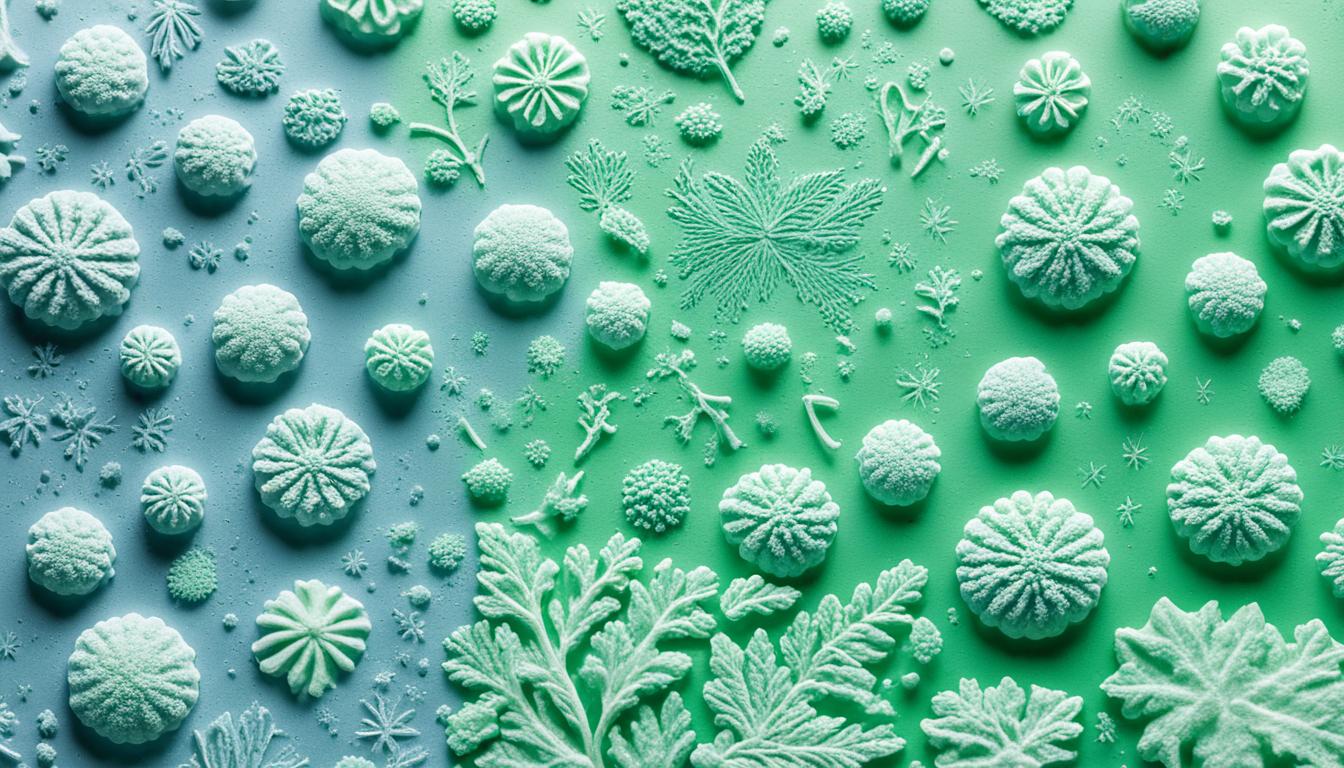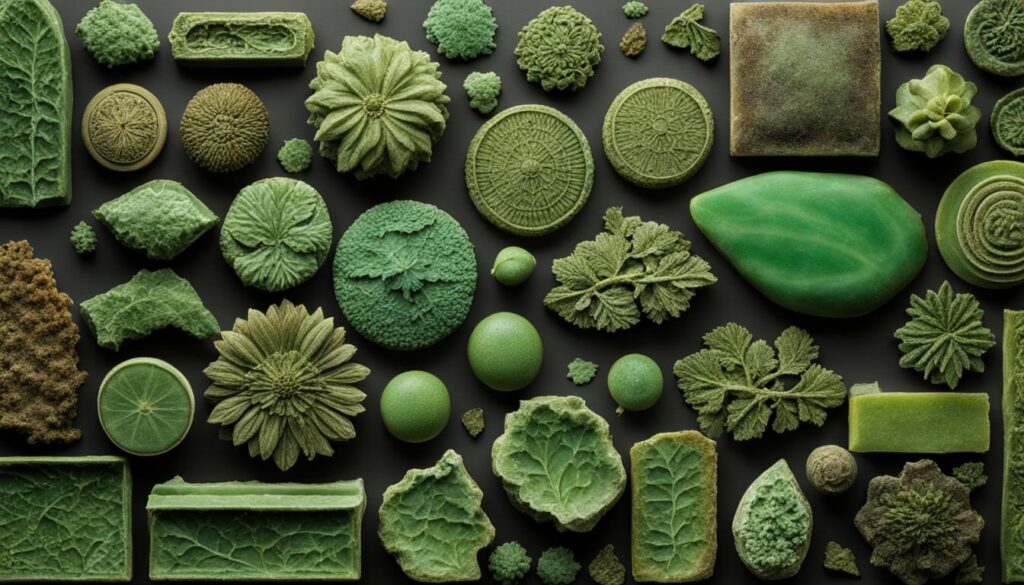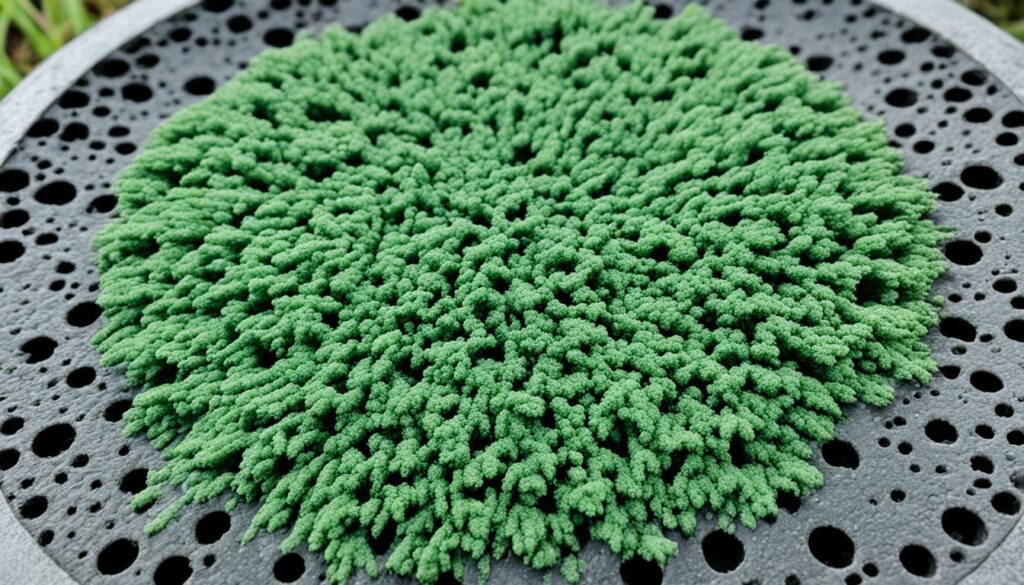
Navigating Through the Challenges of types of Mold pictures
In this section, we will explore the world of mold pictures and how they can assist you in identifying and addressing mold issues in your home. By familiarizing yourself with the different types of mold and their visual appearance, you will be better prepared to handle mold assessment, prevention, and remediation.
Key Takeaways:
- Understanding different types of mold pictures helps in identifying and addressing mold problems.
- Visual appearance is an important factor in mold assessment, prevention, and remediation.
- By recognizing the types of mold pictures, you can take appropriate measures to manage mold issues effectively.
- Seek professional assistance, like Fix Mold Miami, when dealing with mold problems in your home.
- Being proactive in identifying mold issues can help prevent further damage to your property and ensure a safe living environment.
Identifying Common Types of Mold through Pictures
In this section, we will provide an overview of the most common types of mold found in homes and how they can be identified through pictures. Understanding the visual characteristics of different mold types is crucial for accurate mold identification and taking appropriate remedial measures.
The following are some common types of mold that homeowners may encounter:
- Cladosporium: Cladosporium is a common indoor and outdoor mold that can appear black, brown, or green. It typically grows on surfaces like fabrics, carpets, and upholstery.
- Aspergillus: Aspergillus is a mold commonly found in household dust, air conditioning systems, and damp areas. It can have various colors, including green, yellow, brown, or black.
- Penicillium: Penicillium mold can be blue, green, or white in color. It often grows on food items, wallpaper, and water-damaged materials.
- Alternaria: Alternaria mold is commonly found in damp areas such as showers, sinks, and basements. It can be black, gray, or dark green in appearance.
By examining mold pictures, you can compare the visual characteristics of the mold in your home with these common types. This visual identification can help you determine whether you have a mold problem and what steps to take next. If you are unsure about the presence of mold, it is advisable to consult a professional mold inspector or remediation specialist.
Below is an example of Cladosporium mold:

| Mold Type | Appearance | Common Locations |
|---|---|---|
| Cladosporium | Black, brown, or green | Fabrics, carpets, upholstery |
| Aspergillus | Green, yellow, brown, or black | Dust, air conditioning systems, damp areas |
| Penicillium | Blue, green, or white | Food items, wallpaper, water-damaged materials |
| Alternaria | Black, gray, or dark green | Showers, sinks, basements |
Recognizing Uncommon Types of Mold through Pictures
In this section, we will explore less common types of mold that homeowners may encounter. By providing detailed descriptions and accompanying pictures, we aim to familiarize you with these molds and equip you with the knowledge to identify them accurately. Recognizing uncommon mold types can be crucial in managing unexpected mold issues effectively.
1. Stachybotrys
Stachybotrys, commonly known as black mold, is a slimy mold species that appears dark green or black in color. It typically grows on materials with a high cellulose content, such as wood or paper. Stachybotrys can release mycotoxins that may cause respiratory problems and other health issues.
To recognize Stachybotrys, look for its slimy texture and characteristic dark green or black color. It often appears shiny and can have a distinctive musty odor. If you suspect Stachybotrys in your home, it’s essential to address the issue promptly to ensure the health and safety of your family.
2. Chaetomium
Chaetomium is a mold species commonly found in water-damaged homes or buildings. It has a cotton-like texture and typically appears as a white or gray mold that darkens with age. Chaetomium can cause wood rot and may exacerbate allergies or respiratory conditions.
To identify Chaetomium, look for its cottony texture, often accompanied by a musty odor. It may initially appear white or gray, but as it ages, it can turn darker, taking on shades of brown or black. If you notice Chaetomium in your home, it’s important to assess and rectify any underlying moisture issues to prevent further mold growth.
3. Fusarium
Fusarium is a mold species that commonly grows on water-damaged carpeting, wallpaper, or damp fabrics. It appears as a white or pink mold with a cottony texture, often forming a powdery layer. Fusarium can produce mycotoxins and may cause health issues such as allergies, respiratory problems, or eye infections.
To spot Fusarium, look for its white or pink color, cotton-like texture, and powdery appearance. It may grow in circular patterns and can spread rapidly in humid conditions. If you suspect Fusarium in your home, it’s important to address the moisture source and remove the affected materials promptly.
4. Ulocladium
Ulocladium is a black mold species commonly found in areas with chronic moisture problems, such as basements or bathrooms. It appears as a black or dark green mold with a velvety texture. Ulocladium can trigger allergies and respiratory issues, especially in individuals with compromised immune systems.
To identify Ulocladium, look for its black or dark green color and velvety texture. It may grow in clusters or spread across damp surfaces. If you suspect Ulocladium in your home, it’s important to address any moisture issues and seek professional help for mold remediation.
5. Trichoderma
Trichoderma is a mold species commonly found on damp building materials, such as drywall or wallpaper. It appears as a green or white mold with a wooly or fuzzy texture. Trichoderma can cause respiratory problems and may exacerbate asthma or allergies.
To recognize Trichoderma, look for its green or white color and wooly or fuzzy texture. It may have irregular shapes and spread rapidly in humid environments. If you suspect Trichoderma in your home, it’s important to address any sources of moisture and ensure proper ventilation to prevent further mold growth.
By familiarizing yourself with these uncommon types of mold and their visual characteristics, you can better identify and address mold issues in your home. Remember, if you have any concerns about mold growth, it’s always advisable to consult with a professional mold assessment and remediation service provider like Fix Mold Miami.

Conclusion
The importance of types of mold pictures in mold assessment and remediation processes cannot be emphasized enough. Being able to visually identify different types of mold is crucial in taking the necessary actions to prevent its growth or seek professional assistance for mold removal.
By familiarizing yourself with the visual characteristics of common and uncommon mold types through pictures, you can effectively assess whether you have a mold problem in your home. This knowledge empowers you to make informed decisions and implement appropriate measures to address the issue.
If you suspect any mold problem in your home, it is highly recommended to contact a certified mold assessment and remediation service provider like Fix Mold Miami. Their expertise and experience in handling mold-related concerns can ensure the safety and well-being of your household.




